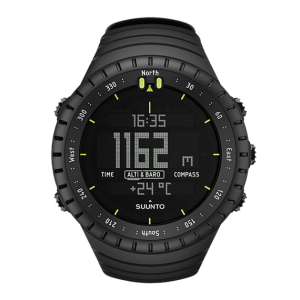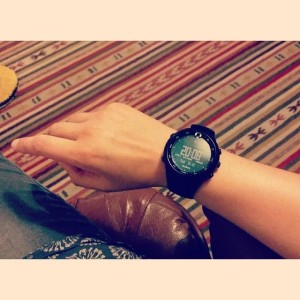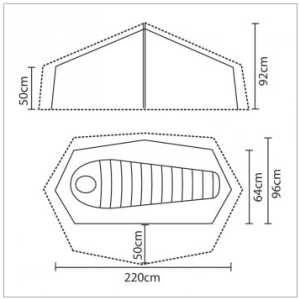
I’ve had a Paramo Ladies’ Velez Adventure Light Smock waterproof jacket for many years and it’s terrific. Even in the worst of heavy downpours it’s never failed and, after many winters, it still looks like new. My main, rather major, problem is that I overheat in it. The smock doesn’t have a full length zip or sleeve vents. So unless there’s ice on the ground it stays on the coat hook.
So I’ve taken the plunge and bought a Paramo Ladies’ Andina Jacket to replace the smock. The Andina is designed for walkers and backpackers with “demanding levels of activity”. It isn’t Paramo’s lightest waterproof jacket (that’s currently the Mirada) but it does have a map pocket and mesh-lined shoulders and back (for when you’re wearing a rucksack) which the Mirada doesn’t have.
Here’s Paramo’s video about the Andina…
_
Colour:
I have the lavendar/cobalt version which, in my opinion, is the only decent colour it comes in. The Andina also comes in pink/purple, bright red, or er… another red. Luckily “lavender/cobalt” is just light/dark blue. Due to the nature of Paramo fabrics and the bright colour the Andina in blue is a bit ‘shell suitey’, but only a bit.
Size:
The Velez in Large is generous on me but in the Andina it fits perfectly with room for a medium weight insulation layer underneath. (I usually wear a UK size 12 or 14.)
Weight:
The Andina in L weighs 675g on my scales. (My smock weighs 615g.) So this isn’t a light jacket. However it feels robust and if I don’t have to take my jacket off then I don’t mind it weighing a bit more which brings us to…

Breathability:
Recently I hiked up and down Offa’s Dyke with a 10kg backpack in typical autumn weather, hot sun one minute and cold wind/rain the next. Everyone I met had been playing jacket-off-jacket-on all day and yet I hadn’t felt so hot I had to take off my Andina. When it got too hot I unzipped the front and generous sleeve/torso zips. When I reached the windy top, in cloud and rain, I zipped everything up.
The breathability of fabrics is something clothing manufacturers like to go on about and I do believe in the technology, to a point. There’s nothing more breathable than an open zip which is where the Andina excels compared to the Velez.
Comfort:
One of the benefits of paramo jackets is that the waterproof fabric is soft and quiet. It’s also windproof and, obviously, waterproof. Plus, in the case of the Andina especially, the jacket and hood are well designed for comfort even during activity. The Andina doesn’t hinder movement at all, is nice and long at the back, and has a well fitted hood with extra room in case you have long hair. Additionally it has practical pockets. Although the ‘valuables’ pocket is too small for my smart phone that fits in the map pocket and the 2 hand warming pockets are perfect for hands (or dog biscuits and keys). I’m so comfortable wearing this jacket that I’ve worn it pretty much every day since I got it.

Waterproofness:
I got the chance to test the Andina’s waterproofness in the Chilterns last weekend when autumn threw everything she had at us and I stayed warm and dry. Now, the caveat is that this is a brand new jacket. The DWR coating is new and still working as it should. Paramo jackets need regular washing and reproofing (like any waterproof) so only time will tell if this jacket is as waterproof as my Velez. I’ll update this post with how it performs over time.
Feature list:
- Uniquely shaped hood to accomodate hair comfortably, fully adjustable with wired peak to protect vision.
- Large sleeve/torso vents for rapid on-the-move cooling with minimal rain ingress.
- Fully articulated shoulders and elbows for maximum freedom of movement.
- Pump Liner reinforcement on shoulders and back for extra protection when load carrying or in heavy rain.
- Reflective strip (front and back) for improved visibility.
- Internal secure zipped pocket.
- Internal map pocket.
- Two hand-warming pockets, easily accessible during activity.
- Two-way zip with internal storm flap.
- Long sleeves for protection with cuffs that are easily pushed or rolled up.
- Generous length with scooped tail to protect lower back.
- Hem drawcord for easy temperature control.
































